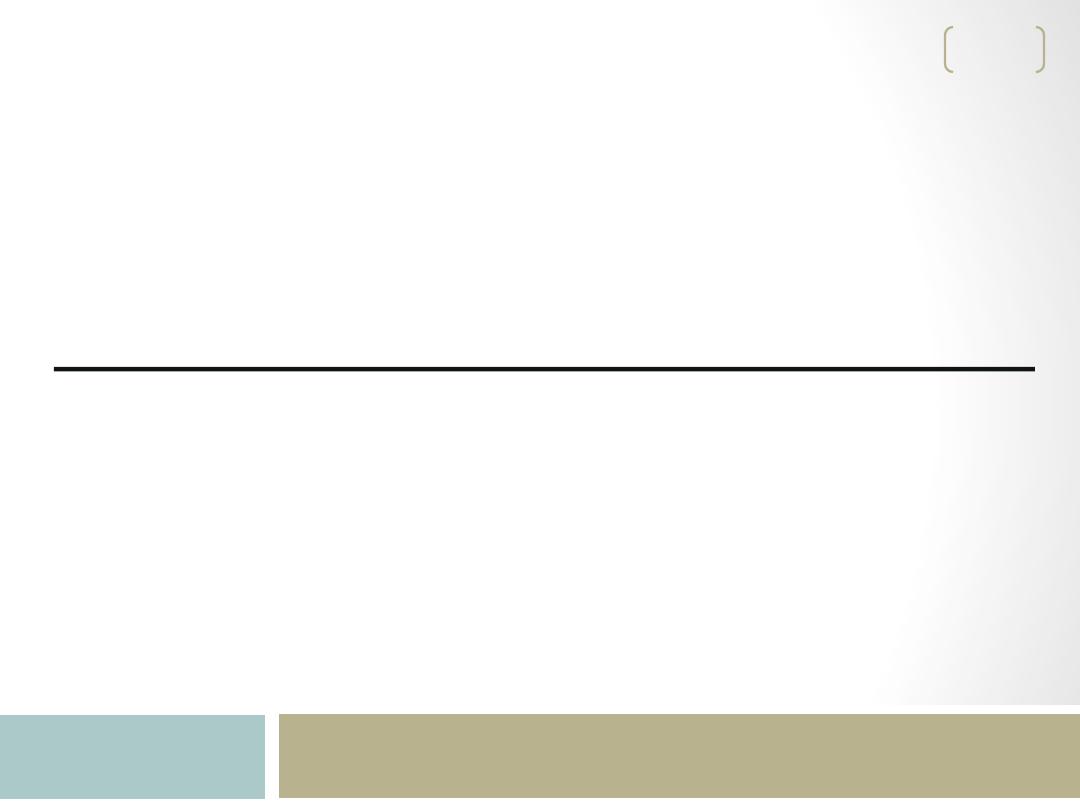
Copyright ©2014 Pearson Education, Inc.
1-1
Chapter 1
What Is
Organizational Behavior?
Essentials of
Organizational Behavior
12e
Stephen P. Robbins & Timothy A. Judge

1-2
After studying this chapter,
you should be able to:
1.
Define organizational behavior (OB).
2.
Show the value to OB of systematic study.
3.
Identify the major behavioral science disciplines
that contribute to OB.
4.
Demonstrate why few absolutes apply to OB.
5.
Identify the challenges and opportunities
managers have in applying OB concepts.
6.
Identify the three levels of analysis in OB.
Copyright ©2014 Pearson Education, Inc.

1-3
The Field of
Organizational Behavior
v
Organizational behavior studies the
influence that individuals, groups and
structure have on behavior within
organizations
Ø
Its chief goal is to apply that knowledge toward
improving an organization’s effectiveness
Copyright ©2014 Pearson Education, Inc.

1-4
Focal Points of OB
Ø
Jobs
Ø
Work
Ø
Absenteeism
Ø
Employment turnover
Ø
Productivity
Ø
Human performance
Ø
Management
Copyright ©2014 Pearson Education, Inc.

1-5
Complementing Intuition
with Systematic Study
v
Intuition: your “gut feeling” explanation of
behavior
v
Systematic study improves ability to
accurately predict behavior
Ø
Assumes behavior is not random
Ø
Fundamental consistencies underlie behavior
Ø
These can be identified and modified to reflect
individual differences
Copyright ©2014 Pearson Education, Inc.

1-6
Systematic Study
v
Examines relationships
v
Attempts to attribute causes and
effects
v
Bases conclusions on scientific
evidence:
Ø
Data is gathered under controlled
conditions
Ø
Data is measured and interpreted in a
reasonably rigorous manner
Copyright ©2014 Pearson Education, Inc.

1-7
Evidence-Based Management
v
Evidence-based
management: Bases
decisions on the best
available scientific
evidence
Ø
Complements
systematic study
Ø
Forces managers to
become more scientific
in their thinking
Copyright ©2014 Pearson Education, Inc.
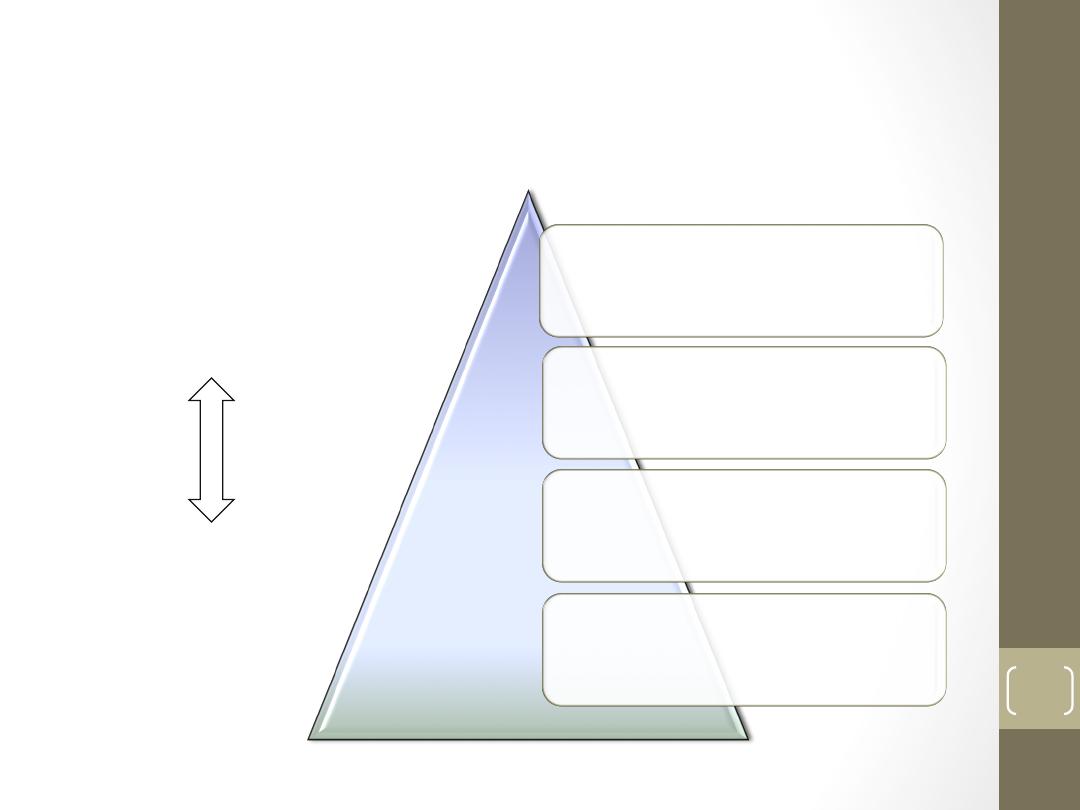
Contributing Disciplines to
the OB Field
1-8
Psychology
Social Psychology
Sociology
Anthropology
Micro:
The
Individual
Macro
:
Groups &
Organizations
Copyright ©2014 Pearson Education, Inc.

1-9
Few Absolutes in OB
v
Impossible to
make simple
and accurate
generalizations
v
Human beings
are complex
and diverse
v
OB concepts
must reflect
situational
conditions:
contingency
variables
Contingency
Variable (Z)
Independent
Variable (X)
Dependent
Variable (Y)
In American
Culture
Boss Gives
“Thumbs Up”
Sign
Understood as
Complimenting
In Iranian or
Australian
Cultures
Boss Gives
“Thumbs Up”
Sign
Understood as
Insulting - “Up
Yours!”
Copyright ©2014 Pearson Education, Inc.

1-10
Challenges and
Opportunities for OB
v
Responding to economic pressures
v
Responding to globalization
v
Managing workplace diversity
v
Improving customer service
v
Improving people skills
v
Stimulating innovation and change
v
Coping with “temporariness”
v
Working in networked organizations
v
Helping employees with work-life conflicts
v
Improving ethical behavior
Copyright ©2014 Pearson Education, Inc.

1-11
Responding to
Economic Pressures
v
Effective management is especially important
during tough economic times
v
Employees look to their managers to provide
security during the instability of a recession
Copyright ©2014 Pearson Education, Inc.

1-12
Responding to Globalization
v
Increased foreign
assignments
Ø
Differing needs and aspirations
in workforce
v
Working with people from
different cultures
Ø
Domestic motivational
techniques and managerial styles
may not work
v
Overseeing movement of jobs
to countries with low-cost
labor
Copyright ©2014 Pearson Education, Inc.
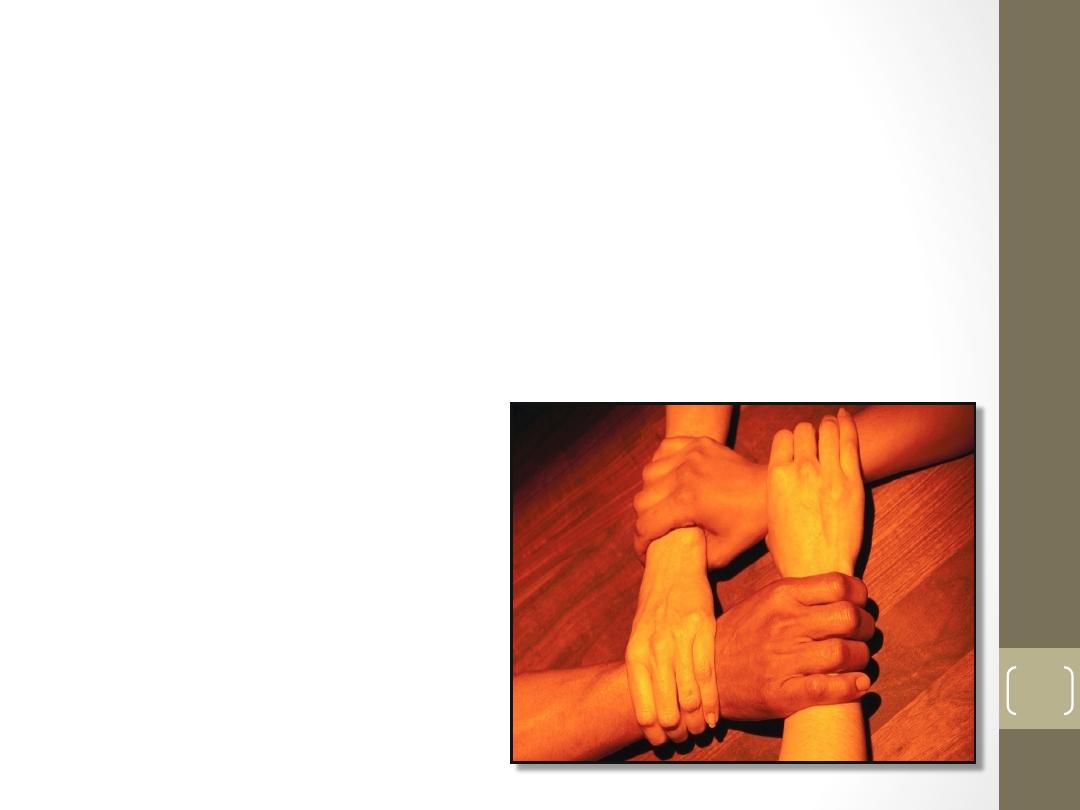
Managing Workforce
Diversity
1-13
v
Workforce diversity: organizations are
becoming a more heterogeneous mix of people
in terms of gender, age, race, ethnicity, and
sexual orientation
Copyright ©2014 Pearson Education, Inc.

1-14
Diversity Categories
v
Gender
v
Race
v
National origin
v
Age
v
Disability
v
Domestic partners
v
Religion
Copyright ©2014 Pearson Education, Inc.

1-15
Improving Customer
Service and People Skills
v
The majority of
employees in
developed nations
work in service jobs
Ø
They must know
how to please
their customers
v
People skills are
essential to success
in today’s
organizations
Copyright ©2014 Pearson Education, Inc.

1-16
Stimulating Innovation
and Change
v
Flexibility
v
Quality
Improvement
v
Staying
Competitive
Copyright ©2014 Pearson Education, Inc.

1-17
Coping with Temporariness
v
Jobs are constantly changing
v
Skills need to be updated for
workers to stay on target
v
Workers need to be able to
deal with change
v
Employees need to be able to
cope with flexibility,
spontaneity and
unpredictability
Copyright ©2014 Pearson Education, Inc.

1-18
Working in Networked
Organizations
v
Managers must
adapt their skills
and
communication
styles to succeed
in an online
environment
Copyright ©2014 Pearson Education, Inc.

1-19
Helping Employees Handle
Work-Life Conflict
v
The line between work
and non work has
blurred and managers
are increasingly
dealing with conflicts
that arise between
work and life away
from work
Copyright ©2014 Pearson Education, Inc.

1-20
Improving Ethical Behavior
v
Managers facing ethical dilemmas
or ethical choices are required to
identify right and wrong conduct
Ø
This can be difficult on a global economy
where different cultures approach
decisions from different perspectives
v
Companies promoting strong ethical
missions:
Ø
Encourage employees to behave with
integrity
Ø
Provide strong leadership that influence
employee decisions to behave ethically
Copyright ©2014 Pearson Education, Inc.
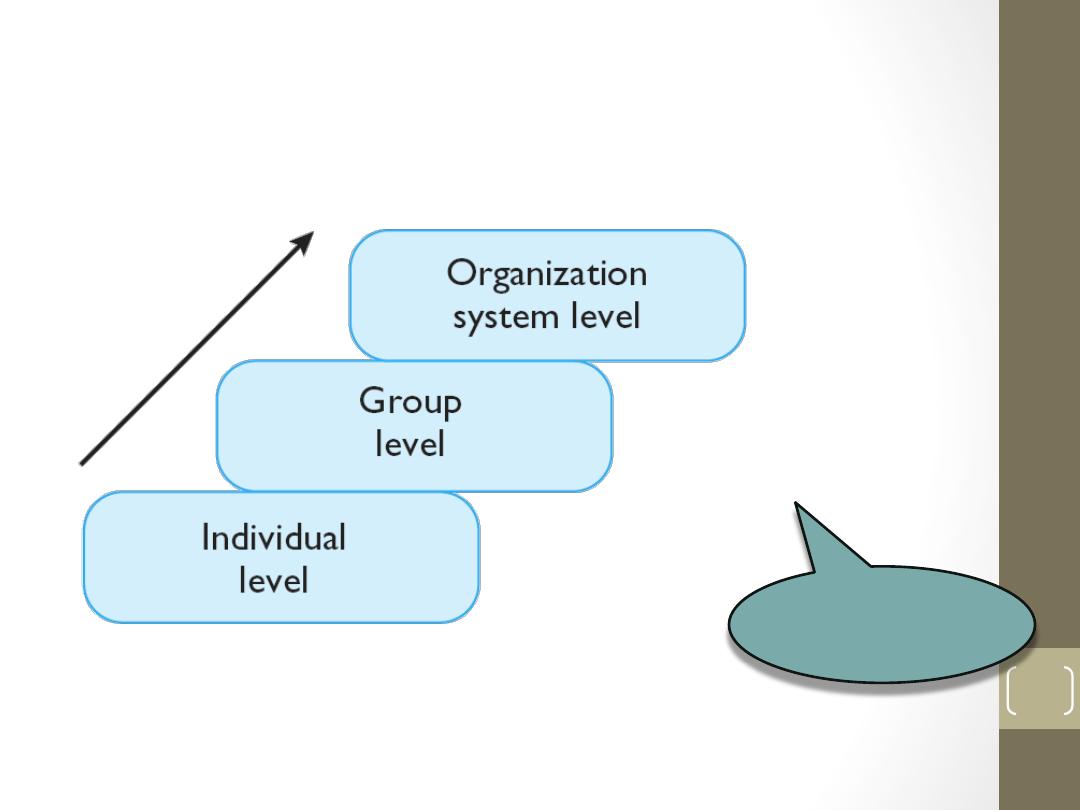
Three Levels of OB Analysis
1-21
Chapters 2 - 7
Chapters 8 - 13
Chapters 14 - 17
Plan of the Book
Copyright ©2014 Pearson Education, Inc.

1-22
Implications for Managers
v
OB helps with:
Ø
Insights to improve people skills
Ø
Valuing of workforce diversity
Ø
Empowering people and creating a positive
work environment
Ø
Dealing with change in the workplace
Ø
Coping in a world of temporariness
Ø
Creating an ethically healthy work
environment
Copyright ©2014 Pearson Education, Inc.

1-23
Keep in Mind…
v
OB’s goal is to understand and predict human
behavior in organizations
v
Fundamental consistencies underlie behavior
v
It is more important than ever to learn OB
concepts
v
Both managers and employees must learn to
cope with temporariness
Copyright ©2014 Pearson Education, Inc.

1-24
Summary
1.
Defined Organizational Behavior (OB).
2.
Showed the value to OB of systematic study.
3.
Identified the major behavioral science
disciplines that contribute to OB.
4.
Demonstrated how few absolutes apply in OB.
5.
Identified the major challenges and
opportunities managers have in applying OB
concepts.
6.
Identified the three levels of analysis in OB.
Copyright ©2014 Pearson Education, Inc.
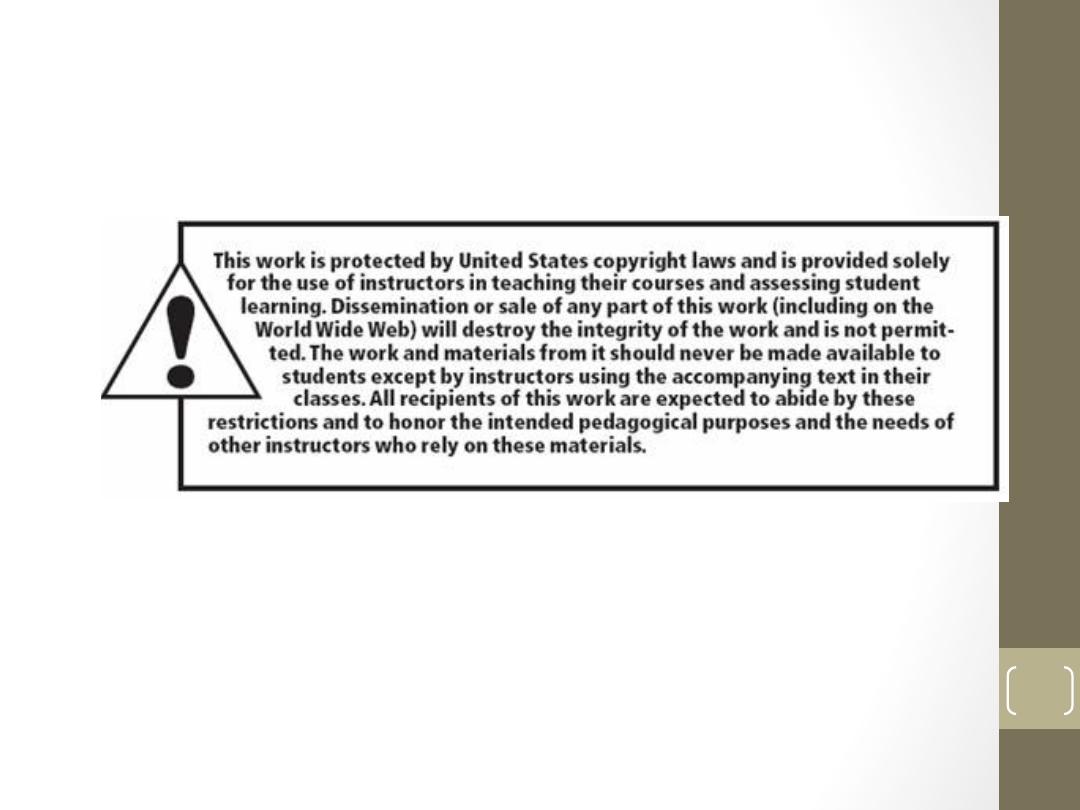
1-25
All rights reserved. No part of this publication may be
reproduced, stored in a retrieval system, or transmitted,
in any form or by any means, electronic, mechanical,
photocopying, recording, or otherwise, without the prior
written permission of the publisher. Printed in the United
States of America.
Copyright ©2014 Pearson Education, Inc.
